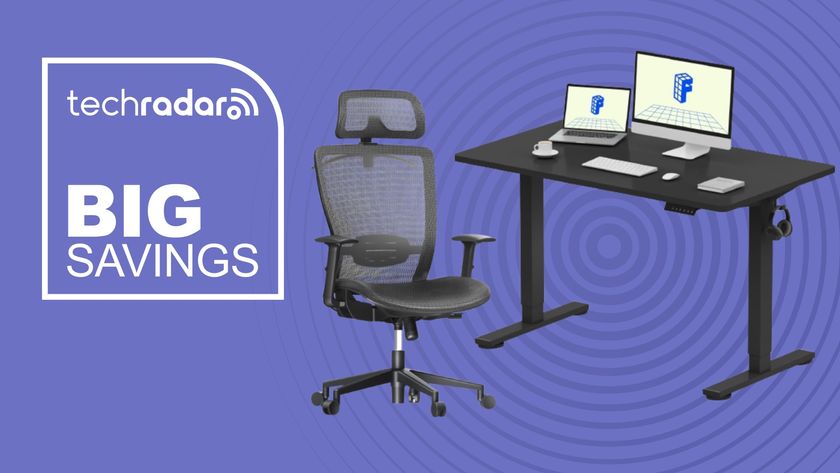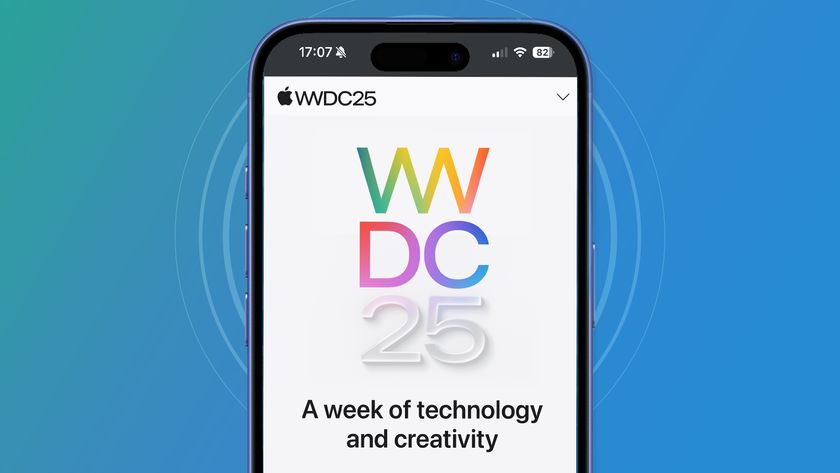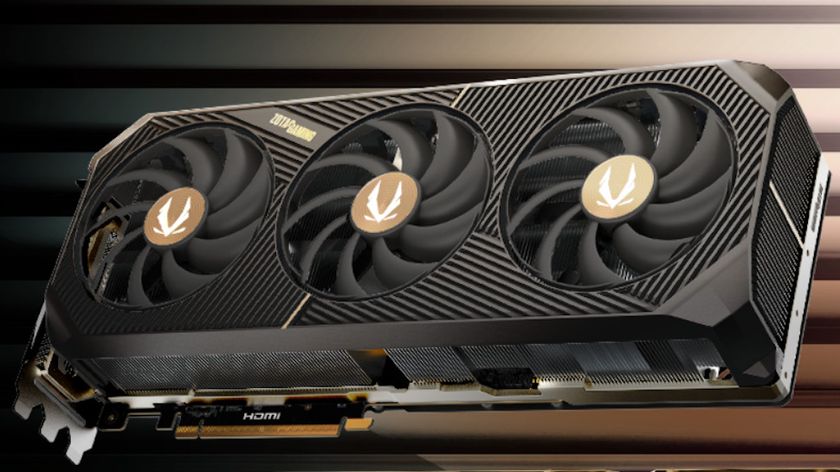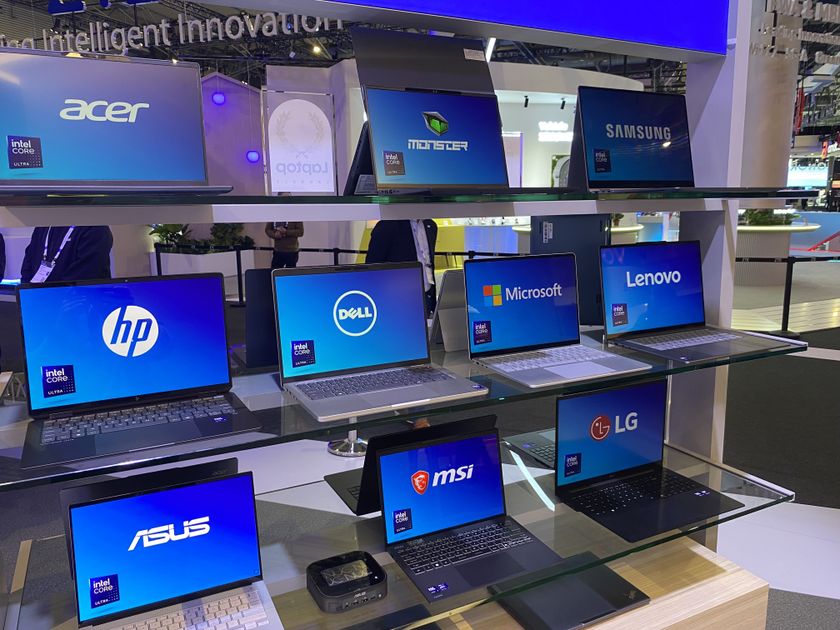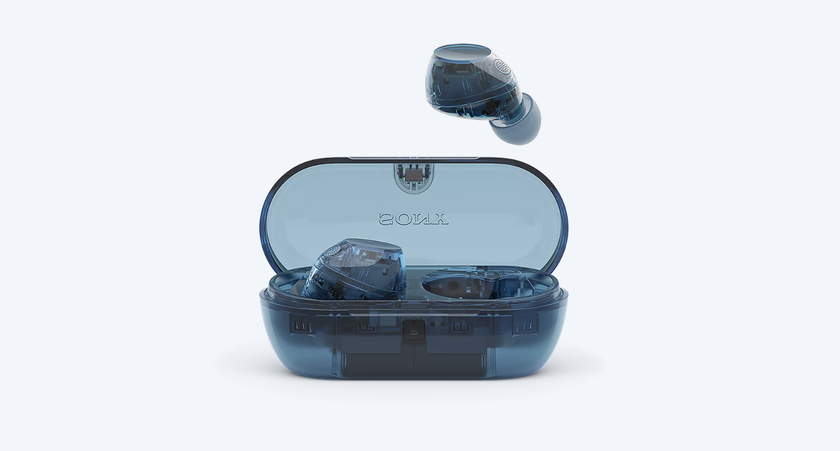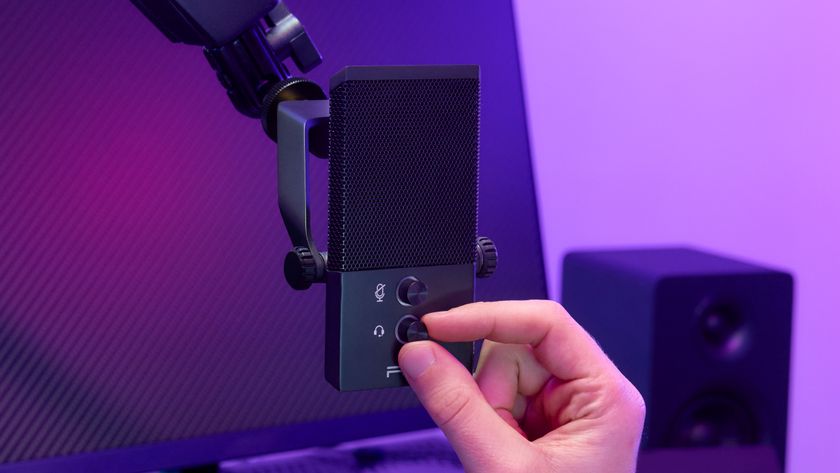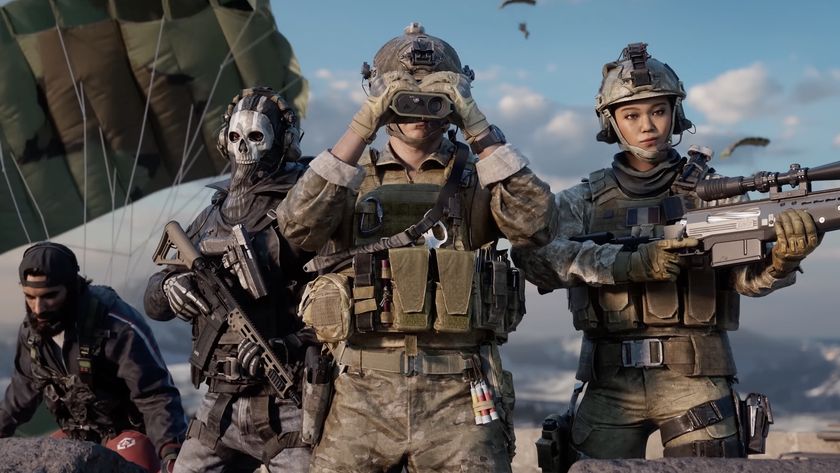AMD: We're going after Nvidia graphics with Kaveri APU
The war is nothing new, but Kaveri is

To give a taste of its new Kaveri APU's kick, AMD ran a side-by-side Battlefield 4 demo during its opening APU13 keynote last week. The game ran on two machines; frames per second ticked away in the upper left hand corners as the opening, "Total Eclipse of the Heart"-sound tracked sequence rolled.
Kaveri came away as the clear winner, holding nearly double the frame rates and running with hardly a hiccup. The second machine, equipped with an Intel Core i7 4470K CPU and a Nvidia GeForce GT630 GPU, stuttered and lurched from scene to scene.
It was an effective, visceral demonstration, but the question quickly circulated why AMD would pit the top-end A10-7850K Kaveri APU against this CPU/GPU combo. Adam Kozak, senior product marketing manager at AMD, laid the company's logic out for TechRadar.
"We want to position an A10 versus Intel plus a graphics card," he told us during a post-keynote rendezvous. "Obviously you can go up so high before the graphics card gets faster, and that's why we picked the 630. There is a new 640 we're looking at, and we'll take a look at that as we get closer to launch."
It's not just CPU then that AMD is targeting with its first APU of 2014.
"We want to go after the idea where it makes sense, at least from our perspective, that you don't need to buy a certain graphics card," Kozak said. "In fact, Nvidia probably sells 70-80% of their entire stack at 630 and below. People kind of know that Intel is very weak [with] GPU, so now we're going after something people think is strong."

Kaveri in action, but what about Mantle?
We had caught up with Kozak to see another BF4 demo played on a different desktop - one presumably less meaty than the machine used for the keynote head-to-head. The settings were on medium except for a custom graphics quality setting. AMD Inclusion, which controls how shadows are placed on overlapping objects, was turned off.
Are you a pro? Subscribe to our newsletter
Sign up to the TechRadar Pro newsletter to get all the top news, opinion, features and guidance your business needs to succeed!
"The difference between low and medium is huge, and then from medium to high, you see a little bit more details in the soft and shadows," Kozak said of how visible Kaveri's footprint becomes on different settings. "From high to ultra, it's more of a post-processing so you're light rays and everything are kind of blended a little more.
"For me, the biggest jump is from low to medium, and then from there it just gradually looks nicer and nicer, depending on what you've got."
The frame rates hit 39 or so as they did during the keynote, and the play never lapsed. Granted, this wasn't a particularly action-heavy demo we were being shown - Kozak was really just wondering through a ruined building.
The first Kaveri demo was more graphics intensive, but neither it nor the one Kozak played ran a Mantle-optimized version of BF4. AMD's Mantle API, developed with the help of EA's DICE, is designed to push frame rates higher and improve graphics fidelity. Pair it with Kaveri, and the hope is for near-perfect renderings.
That's the idea, of course, and Kozak for one is keeping his forecasts on a more even keel.
"Personally my expectations are low," he said of a Mantle-plus-Kaveri combo. "But there is an Oxide demo here and they are seeing substantial speed-ups, beyond what anyone internally has guessed at. I'm optimistic it's going to be more than the 5% I'm hoping for and more towards the double digits."
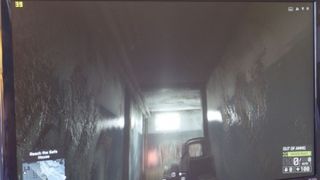
In fact, we're told Mantle is still fairly new for AMD internally, and it's partners like DICE who are seeing frame gaps vaporize.
"What I have heard from DICE is that what [Mantle] does with the discrete card is it equalizes the CPUs," Kozak explained. "It was only a couple of frames faster before because the CPU doesn't really play into things like that, but [Mantle] eliminates any gap. And essentially it does that by allowing the graphics card to do more, so it becomes the bottle neck."
Michelle was previously a news editor at TechRadar, leading consumer tech news and reviews. Michelle is now a Content Strategist at Facebook. A versatile, highly effective content writer and skilled editor with a keen eye for detail, Michelle is a collaborative problem solver and covered everything from smartwatches and microprocessors to VR and self-driving cars.
